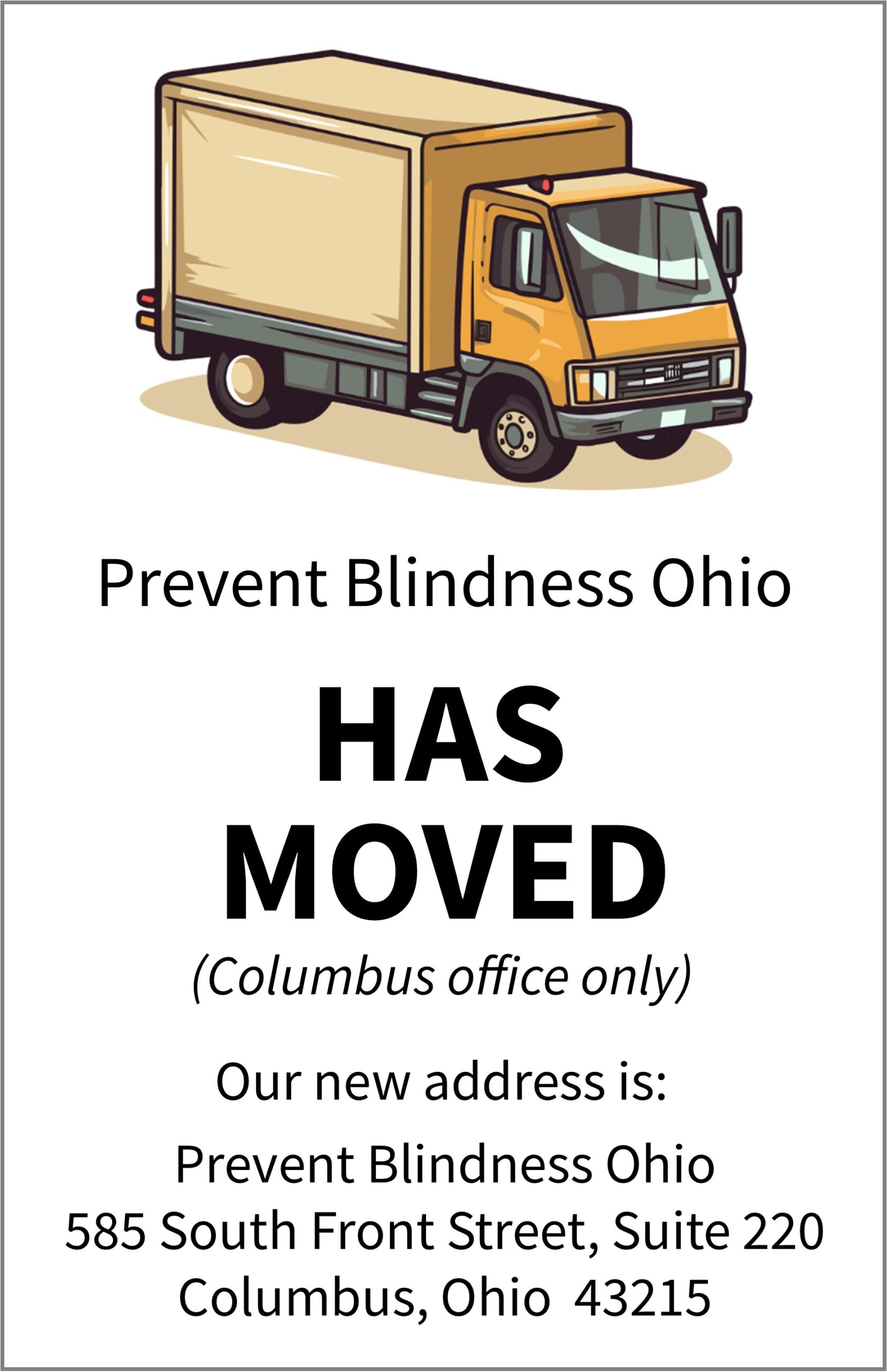FOR IMMEDIATE RELEASE
For more information:
Prevent Blindness, Ohio Affiliate
Dori Jennings
614-270-0746
Prevent Blindness Data Shows Basketball as Cause of Most Sports-related Eye Injuries
– September is Sports Eye Safety Month at Prevent Blindness, designed to Educate Public on Use of Proper Eye Protection While Playing Sports –
Columbus, OH (September 1, 2020) – According to data from Prevent Blindness, more eye injuries occur from basketball than any other sport. Pools & Water Sports is the category with the second highest cause of sports-related eye injury. The Ohio Affiliate of Prevent Blindness has declared September as Sports Eye Safety Month to help educate the public on the best ways to protect eyes and keep vision healthy while playing sports.
According to the American Academy of Ophthalmology (AAO), 90 percent of serious eye injuries could be prevented by wearing appropriate protective eyewear. Additionally, the AAO recommends that spectators at sporting events should also be careful. Balls, bats, and players can end up in the stands at any time.
Eye injuries from sports may include infection, corneal abrasions, fracture of the eye socket, swollen or detached retinas or a traumatic cataract. Many eye injuries may be avoided by wearing proper eye protection. Prevent Blindness provides the following guidelines to help find the best eye guards:
- For those with prescription glasses, ask an eye doctor to fit you for prescription eye guards. If you’re a monocular athlete (a person with only one eye that sees well), ask your eye doctor what sports you can play safely. Monocular athletes should always wear sports eye guards.
- When purchasing eye guards with lenses, make sure the lenses either stay in place or pop outward in the event of an accident. Lenses that pop in against your eyes can be very dangerous.
- Fogging of the lenses can be a problem when you are active. Some eye guards are available with anti-fog coating and others include side vents for additional ventilation. Try on different types to determine which is right for you.
- Polycarbonate eye guards are the most impact resistant. Polycarbonate lenses are also thinner and lighter than plastic, shatterproof, and provide UV protection. For sports use, polycarbonate lenses must be used with protectors that meet or exceed the requirements of ASTM (American Society for Testing and Materials) International, a global standards development organization.
- Each sport has a specific ASTM standard, so check the package and/or protector to make sure the appropriate ASTM standard designation for the sport is on the product, before buying it. Do not buy the product if there is no ASTM code provided.
- Eye guards which are certified by an authorized certification organization such as Safety Equipment Institute(SEI) or independently tested by an accredited laboratory provide independent verified evidence of protection and performance. Do not buy any product that is labeled as ‘ASTM Certified’ as ASTM does not certify products.
- Sports eye guards should be padded or cushioned along the brow and bridge of the nose. Padding will prevent the eye guards from cutting your skin.
- Try on the eye protector to determine if it’s the right size. Adjust the strap and make sure it’s not too tight or too loose. If you bought your eye guards at an optical store, an optical salesperson can help you adjust the eye protector for a comfortable fit.
“We know that the COVID-19 pandemic has led to the cancellation of seasons for many organized sports this year,” said Sherry Williams, President & CEO of Prevent Blindness, Ohio Affiliate. “But, it’s still important to make sure that whenever we’re playing sports, whether in our own backyards or someplace else, we protect our eyes from injury with the proper eye protection to save our sight for the future.”
Once again, Liberty Sport and Prevent Blindness are partnering during September’s Sports Eye Safety Month. To download free educational and promotional materials, including the Sports Eye Safety Guide, visit: https://www.libertysport.com/sports-eye-safety-guide or contact Angela Gerber, Liberty Sport, at (973) 882-0986 x972 or [email protected].
For more information on sports eye injury prevention, please call Prevent Blindness, Ohio Affiliate at (800) 301-2020 or visit pbohio.org.
About Prevent Blindness, Ohio Affiliate
Founded in 1908, Prevent Blindness is the nation’s leading volunteer eye health and safety organization dedicated to fighting blindness and saving sight. The Ohio Affiliate of Prevent Blindness serves all 88 Ohio counties, providing direct services to more than 1,000,000 Ohioans annually and educating millions of consumers about what they can do to protect and preserve their precious gift of sight. For more information or to contribute, call 800-301-2020. Visit us on the web at pbohio.org, Facebook at facebook.com/pbohio/, or Twitter at twitter.com/PB_Ohio.
###

